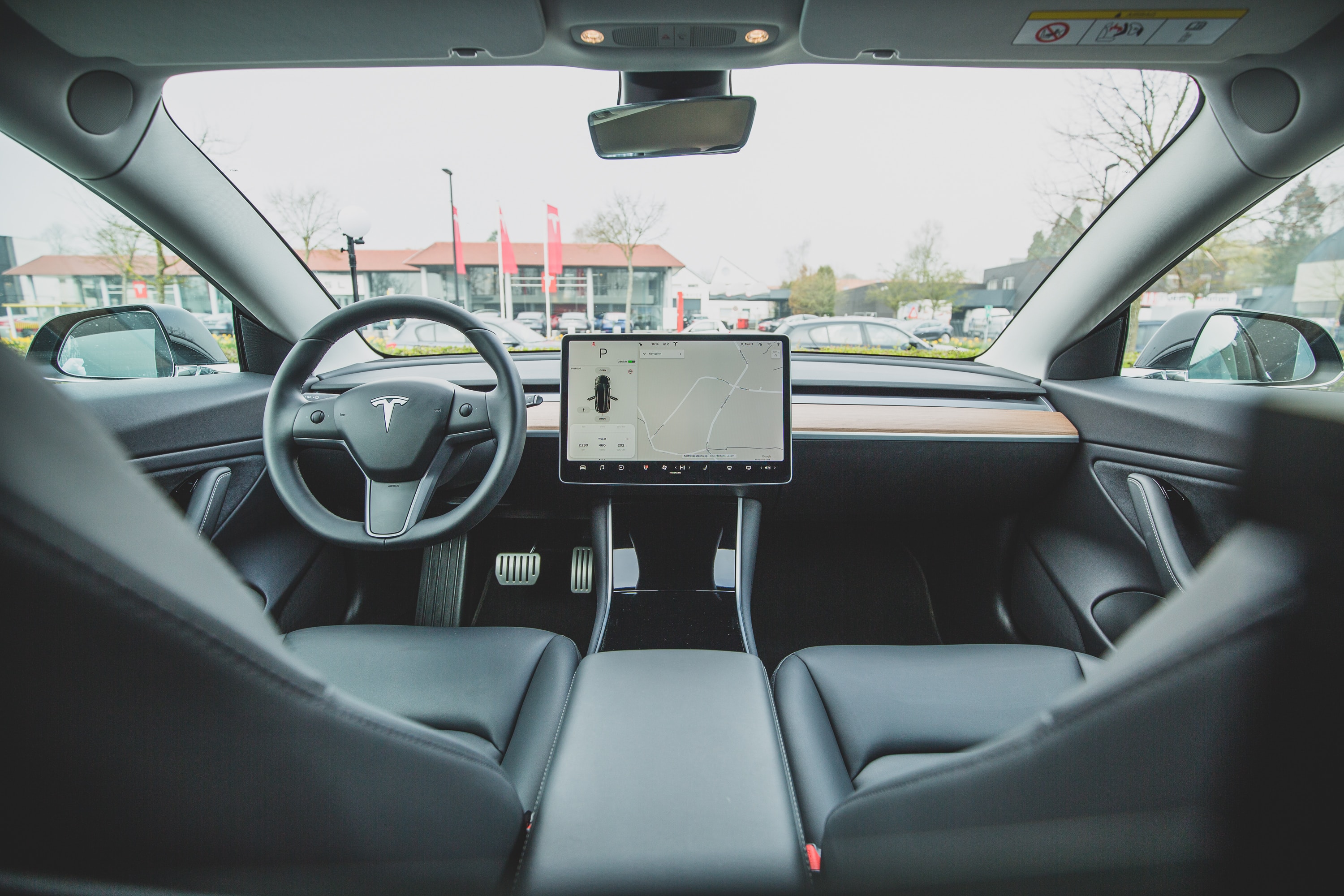
30 Oct Automation in Transportation Sweeps the Nation
In the era of rapid technological transformations in transportation, there is one technology that appears to have garnered an immense amount of controversy–autonomous vehicles. Typically, people think of the term “vehicle” to refer to cars, but in reality, the term applies to any machine that transports people. This includes planes, trains, boats, buses, cars, etc. Examples of increasingly commoditized AV technologies include Tesla autopilot mode and the MCAS (Maneuvering Characteristics Augmentation System) that was used on the Boeing 737 MAX.
Autonomous cars and planes are becoming ubiquitous in much of the developed world. But is autonomous transportation really anything new? Rollercoasters, theme park rides, gondolas, elevators, escalators, and electric trolleys have all autonomously transported people for over 100 years. Undoubtedly, these modes of transportation all initially had safety issues and concerns, but today they are largely considered to be safe. They have all seen vast improvements in their safety due to stricter regulations and complementary technological innovations. For example, most early track rollercoasters were made out of wood, until in 1959 steel tracks were introduced, allowing for a smoother ride and reducing the chance of riders getting whiplash.
But however safe they may now be, all of those previously mentioned autonomous modes of transportation have some key differences to autonomous driving and flying. For one, the methods of driving and flying do not rely on a physically fixed track. Therefore, the car or plane can move in an infinite number of directions, unlike an escalator. In addition, the autonomous car or plane requires more awareness from the operator due to the large amount of environmental variability on the road or in the sky–there are many things that could be potential obstacles, such as clouds in the sky or debris on the road. Therefore, autonomous cars and planes must be able to detect these obstacles and automatically avoid them. And they already do, using camera sensors to see the road’s lines and detect any raised object that’s close by, such as another car. As the world sees more innovation in this field and the sensors improve, so too should the safety of the autonomous vehicles who use them. However, it doesn’t get much better than the Tesla Model 3, which already has a 5-star safety rating, and received a safety score of 9.8 out of 10 from U.S. News and World Report.
It is important to note that these camera sensors, as technologies meant to keep people safe (similar to steel tracks), must be under the strictest regulations in order to fully gain the public’s trust in them. Technologies such as these have the potential to do grave amounts of harm if misused, but also have the potential to vastly improve transportation safety and almost nullify any future chance of car or plane crashes. This is why students at NEXIS believe it is so important to educate people on how to use these and other technologies to mitigate their harm and maximize their benefit to society.



Sorry, the comment form is closed at this time.